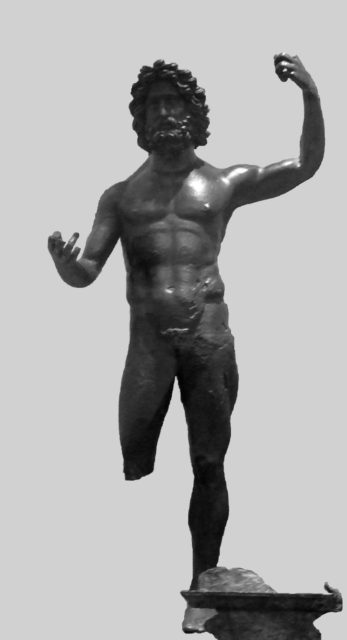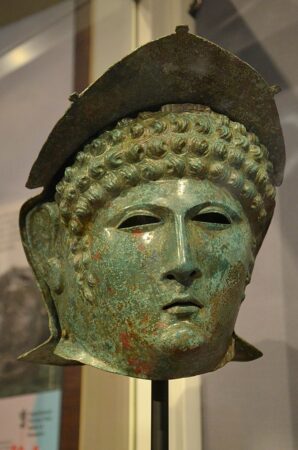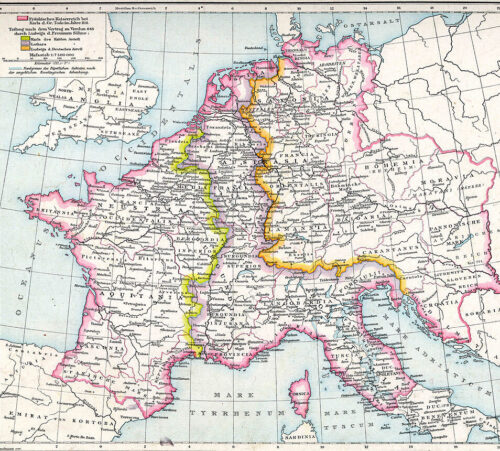Birth
The lands that constitute the country of Luxembourg today, have traces of human presence that date back to the Paleolithic era (35.000 ago) with the first archaeological evidence of civilization, mainly pottery, appearing around the 5th millennium BC to the west and north of the country. The Bronze Age (13th c.- 8th c. BC) provides some scarce evidence of human activity, mainly knives & jewelry in the southeastern parts of the country.


The people inhabiting the area during the Iron Age (600 BC – 100AD) were of Celtic origin, with the Treveri or Treviri being the dominant tribe centered in what is now southern Luxembourg, in the Lower Moselle River Valley. Titelberg in the southwest outskirts of today’s Luxembourg was most probably the capital of the tribe.
In Julius Caesar’s fifth book of Commentarii de Bello Gallico (Commentaries on the Gallic War) the conquest of the region and the resistance by the Treveri leader Indutiomarus & his allies Eburones to the north are mentioned for the first time in history.


The historian Cassius Dio (164 AD) describes the hostilities that led to the establishment of Roman rule in one of his many volumes of Roman history. Initially, part of Gallia Celtica the lands of the Treveri was later assigned to the Roman province of Gallia Belgica (90 AD). Around 300 AD Emperor Diocletian included them in the new province of Belgica Prima.



Under Emperor Constantine, the Great (323-337 AD) Augusta Treverorum (City of Trier today approx. 50km southwest of Luxembourg City) became the capital of Belgica Prima. A few years earlier Treverorum had become the official seat of the first Christian bishop in the area. Some years later the Germanic Franks managed to take control from the Romans who were starting to lose their ground. The Franks would be followed by the Vandals & the Burgundians respectively.


The Germanic migration devastated the Luxembourg region which was finally conquered by the prevailing Franks who incorporated these territories into their Merovingian & then their Carolingian Empires.


Part of Middle Francia after 843 with the Treaty of Verdun, of Lotharingia in 855, and of the Duchy of Upper Lorraine in 959, Luxembourg is mentioned for the first time as Lucilinburhuc in an exchange treaty of 963 between the Abbey of Saint Maximin of Trier and Siegfried I, a feudal lord with rich possessions in the forest of Ardennes.



Before the formation of the town, Lucilinburhuc (meaning small castle in the local dialect) was a fort first built by the Romans on the Bock cliff to guard the crossing of two Roman roads, one from Reims to Trier and the other from Metz to Liege. The fort was expanded between the 4th and 6th centuries to house a larger garrison and was probably dependent on Trier. It had been ceded in 723 by Charles Martel, Duke of the Franks to the Abbey of Saint Maximin of Trier.



